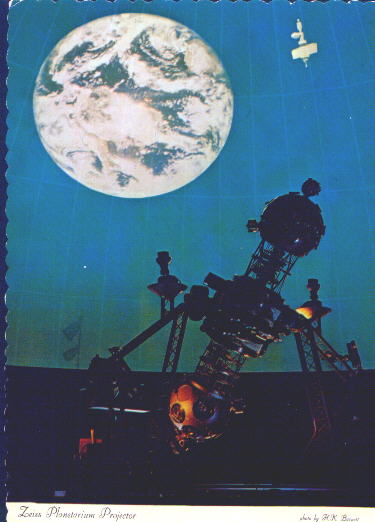
This Sikorsky JRS-1 is the only aircraft in the collection, of the Smithsonian Institution's
National Air and Space Museum, that was stationed at Pearl Harbor on 1941 December 7.
It was later used for testing by the predecessor agency to NASA.
(Image Source: National Air and Space Museum, Smithsonian Institution)
From Friday's edition of the PBS NewsHour:
Sunday marks the 73rd anniversary of the Pearl Harbor attack that launched U.S. involvement in World War II.
Tonight, we bring you a rare survivor of that day, an American military plane that is the last of its kind. We tagged along at the Smithsonian’s Air and Space Museum’s Udvar-Hazy Center, as curator Dr. Jeremy Kinney showed off the seaplane to a volunteer and explained the debate over how to restore it.
This is a Sikorsky JRS-1 flying boat. And it’s the only artifact in the Air and Space Museum’s collection that was present at Pearl Harbor on 1941 December 7.
In the immediate aftermath of the attack on Pearl Harbor, this JRS flew in search of Japanese submarines and the Japanese carrier fleet. And then as the months wore on through 1942, it continued its support mission for Navy fighting, bombing and torpedo squadrons.
This particular JRS flew until 1944 with the U.S. Navy. It went into storage. The Navy kept it as an airplane. It actually performed yeoman’s service with the NACA, the National Advisory Committee for Aeronautics, which is now NASA today, as an air dynamics testing platform.
If we restore it, then every — everything that’s original is removed pretty much or it’s painted over. So, I mean, this is the original glass, no matter how bad it looks. This is the original paint, no matter how badly chipped and cracked it is, the peeling fabric, which there are ways to repair that.
But it’s the things that curators and specialists and conservators agonize over. That’s a — it’s a big debate in terms of what we want to do with it, because it’s only original once, even though it’s in rough shape.
Complete television segment transcript and video:
Link >>> http://www.pbs.org/newshour/bb/remember-pearl-harbor-debate-restoring-last-kind-military-plane/
More on the Sikorsky JRS-1:
Link >>> http://airandspace.si.edu/collections/artifact.cfm?id=A19610112000
Source: Public Broadcasting Service.
2014: 75th Year of Pittsburgh's Buhl Planetarium

Want to receive SpaceWatchtower blog posts in your inbox ?
Send request to < spacewatchtower@planetarium.cc >..
gaw
Glenn A. Walsh, Project Director,
Friends of the Zeiss < http://buhlplanetarium.tripod.com/fotz/ >
Electronic Mail - < gawalsh@planetarium.cc >
SpaceWatchtower Blog: < http://spacewatchtower.blogspot.com/ >
Also see: South Hills Backyard Astronomers Blog: < http://shbastronomers.blogspot.com/ >
Barnestormin: Writing, Essays, Pgh. News, & More: < http://www.barnestormin.blogspot.com/ >
About the SpaceWatchtower Editor / Author: < http://buhlplanetarium2.tripod.com/weblog/spacewatchtower/gaw/ >
SPACE & SCIENCE NEWS, ASTRONOMICAL CALENDAR:
< http://buhlplanetarium.tripod.
Twitter: < https://twitter.com/spacewatchtower >
Facebook: < http://www.facebook.com/pages/
Author of History Web Sites on the Internet --
* Buhl Planetarium, Pittsburgh:
< http://www.planetarium.
* Adler Planetarium, Chicago:
< http://adlerplanetarium.
* Astronomer, Educator, Optician John A. Brashear:
< http://johnbrashear.tripod.com >
* Andrew Carnegie & Carnegie Libraries:
< http://www.andrewcarnegie.
* Civil War Museum of Andrew Carnegie Free Library:
< http://garespypost.tripod.com >
* Duquesne Incline cable-car railway, Pittsburgh:
< http://inclinedplane.tripod.
* Public Transit:
< http://andrewcarnegie2.tripod.
Could minimal conservation be a possibility? Reinforce and stabilize the structure; the "bones" and "guts" of the airplane. This way the object is secure but also keeps its elements of "authenticity."
ReplyDelete